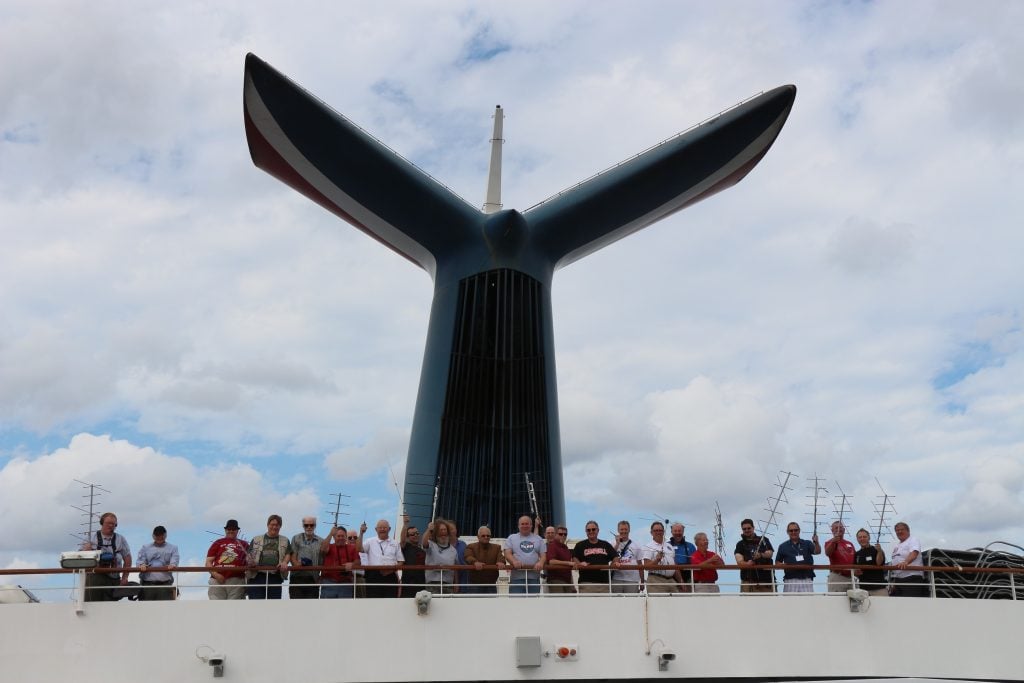Update: UBAKUSAT was not launched on the JAXA HTV-6 mission. Reports indicate that it is likely to launch on the next JAXA HTV mission.
Recent International Amateur Radio Union satellite coordination requests provide new details on several satellites expected to launch before the end of the first quarter of 2017.
The first satellite expected to launch is UBAKUSAT. UBAKUSAT, developed by Istanbul Technical University along with TAMSAT, GUMUSH, and ERTEK Ltd. is a 3U CubeSat with a Mode V/u inverting linear transponder, CW beacon, and a digital telemetry downlink. The transponder downlink frequencies will be 435.200 MHz – 435.250 MHz with an uplink of 145.940 MHz – 145.990 MHz. The CW beacon frequency will be 437.225 MHz and the digital telemetry downlink will be 437.325 MHz. UBAKUSAT will be delivered to the International Space Station aboard the JAXA HTV-6 resupply mission, scheduled for launch on December 9, 2016, for future deployment. The mission is expected to last 6-12 months.
On December 26, 2016, the China Center for Aerospace Science and Technology’s BY70-1 satellite is expected to launch from Jiuquan Satellite Launch Center into a 530 km sun-synchronous orbit. The satellite, a 3-axis stabilized 2U CubeSat with deployable solar panels, will carry a Mode V/u FM transponder with an uplink frequency of 145.920 MHz and a downlink frequency of 436.200 MHz.
On March 31, 2017, two satellites from the Chinese Amateur Satellite Group (CAMSAT) are expected to launch from Taiyuan Satellite Launch Center into a 524 km orbit with an inclination of 42 degrees. The two satellites, CAS-4A and CAS-4B, will be 50 kg mass with 3-axis stabilization carrying optical remote sensing missions. The amateur radio payloads will be similar to the XW-2 series of satellites with Mode U/v linear transponders with power output of 100 mW, 100 mW AX.25 4800 baud GMSK telemetry, and 50 mW CW beacons. Frequencies for these two satellites have not yet been coordinated.
In addition to these satellites, AMSAT’s Fox-1Cliff, Fox-1D, and RadFxSat (Fox-1B) satellites carrying Mode U/v FM transponders are all expected to launch in the first half of 2017. Nayif-1, from the Emirates Institution for Advanced Science and Technology (EIAST) and American Univeristy of Sharjah (AUS) carrying a FUNcube Mode U/v linear transponder and telemetry downlink, as well as the U. S. Naval Academy Satellite Lab’s QIKcom-2, PSAT-2, and BRICSAT-2 satellites carrying two-way amateur radio payloads are all expected to launch in the first half of 2017. Es’Hail-2, a geostationary satellite carrying AMSAT-DL’s Phase 4A payload is scheduled to launch in the third quarter of 2017. AMSAT’s RadFxSat-2 (Fox-1E) satellite carrying a Mode V/u linear transponder may also launch in late 2017.

